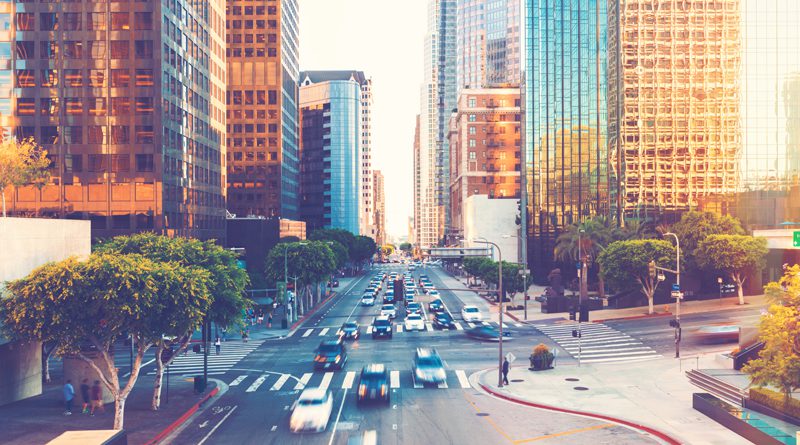
Built environment consultancy Arup is calling on arid cities to move on from a 1950s paradigm of city planning and design, or face becoming increasingly less habitable as they become drier. A report issued by the group in late March urges cities to learn from innovative developments around the world, such as industrial-scale fog and dew harvesting and cooling pavements that can reduce ambient temperatures by up to 7 degrees.
Almost a third of the world’s land surface is classified as ‘arid’ and this area is set to increase as climate change brings more frequent, extreme weather events, such as drought. The authors warn that technologies of the last century, such as air conditioning, have allowed the explosive but unsustainable growth of arid cities. At the same time many cities are experiencing the Urban Heat Island Effect, where they become hotter than the surrounding rural areas. This is particularly impacting arid cities, increasing water use and reducing their ability to sustain existing standards of living.
The report, Cities Alive: Rethinking Cities in Arid Environments, outlines three key principles in shaping city-building in arid regions for the twenty first century. Cities need to learn from the past and make use of locally adapted, climate-specific design solutions. They need to invest in green and blue infrastructure to increase the resilience of arid cities. Finally, they need to design intelligent buildings and public spaces that respond to the demands of the climate.
The report points to examples of initiatives in arid cities that are making them more sustainable, healthier and better places to live, including:
· Fog and dew harvesting: new technology is allowing harvesting systems and materials to be optimised to extract large amounts of water, even in arid environments with low levels of humidity. The Sustainability Pavilion at the upcoming Dubai Expo 2020 will use hybrid structures that generate renewable solar energy and capture water from humidity in the air to supply a significant proportion of the pavilion’s water requirements.
· Cool Pavements: small changes to existing designs can make an impact. For example, a rethink of public spaces could improve the quality of lives for citizens. The City of Los Angeles has begun coating its streets with a special paint, CoolSeal, to reduce the temperature of the city. In an initial test it has been shown to reduce ambient temperatures by 6.6 degrees Celsius.
· Energy Efficient Buildings: buildings can be designed to play an active role in reducing reliance on air conditioning and mitigating the Urban Heat Island effect. The Al Bahar Towers in Abu Dhabi have a unique dynamic shading system – a modular ‘Mashrabiya’ that opens and closes to provide self-shading as the sun moves around the building. The system is predicted to reduce the solar energy entering the building by 20% – reducing the amount of air conditioning and energy consumption of the building. Work is also underway to develop buildings that have a cooling effect on their surroundings.
· Green roofs and walls: these are not just beautiful but provide cities with greater resilience. A Xeriscape approach, using plant species selected to maximise effective shade and shelter, reducing noise, glare, dust and air pollution, can deliver highly functional areas with a microclimate suitable for people to enjoy throughout the year. Green roof designs in arid climates should aim for a larger percentage of hard surfaces and fewer green elements, reducing the need for irrigation water. The Brewbooks Cactus Garden Roof in Los Angeles is a good example of this.
· Open air living: Attractive and comfortable public spaces are vital to the success of cities, significantly impacting their social and economic success. In arid regions the number of public spaces has shrunk dramatically in recent decades. Reversing this trend, the Downtown Project in Las Vegas has aimed to redevelop the city’s old centre, to promote the benefits of a more walkable neighbourhood. The project has made substantial investments in street art and installations to make walking more interesting and comfortable to encourage people to think beyond the car.
Hrvoje Cindric, Middle East Urbanism Leader, Arup, said: “Cities in arid regions are expected to experience the highest rates of natural population growth and urbanisation in the coming century. Yet most are still being planned and designed based on a global city-making paradigm from the 1950s. Cities need to adapt strategies that combine technological innovation with locally adapted and climatically appropriate solutions. Even simple things such as building orientation and the resulting shade can have a significant impact – allowing people to socialise outdoors, rather than rushing from car to building. Rethinking the way we design public space, can have a significant impact on the wellbeing of citizens.”






